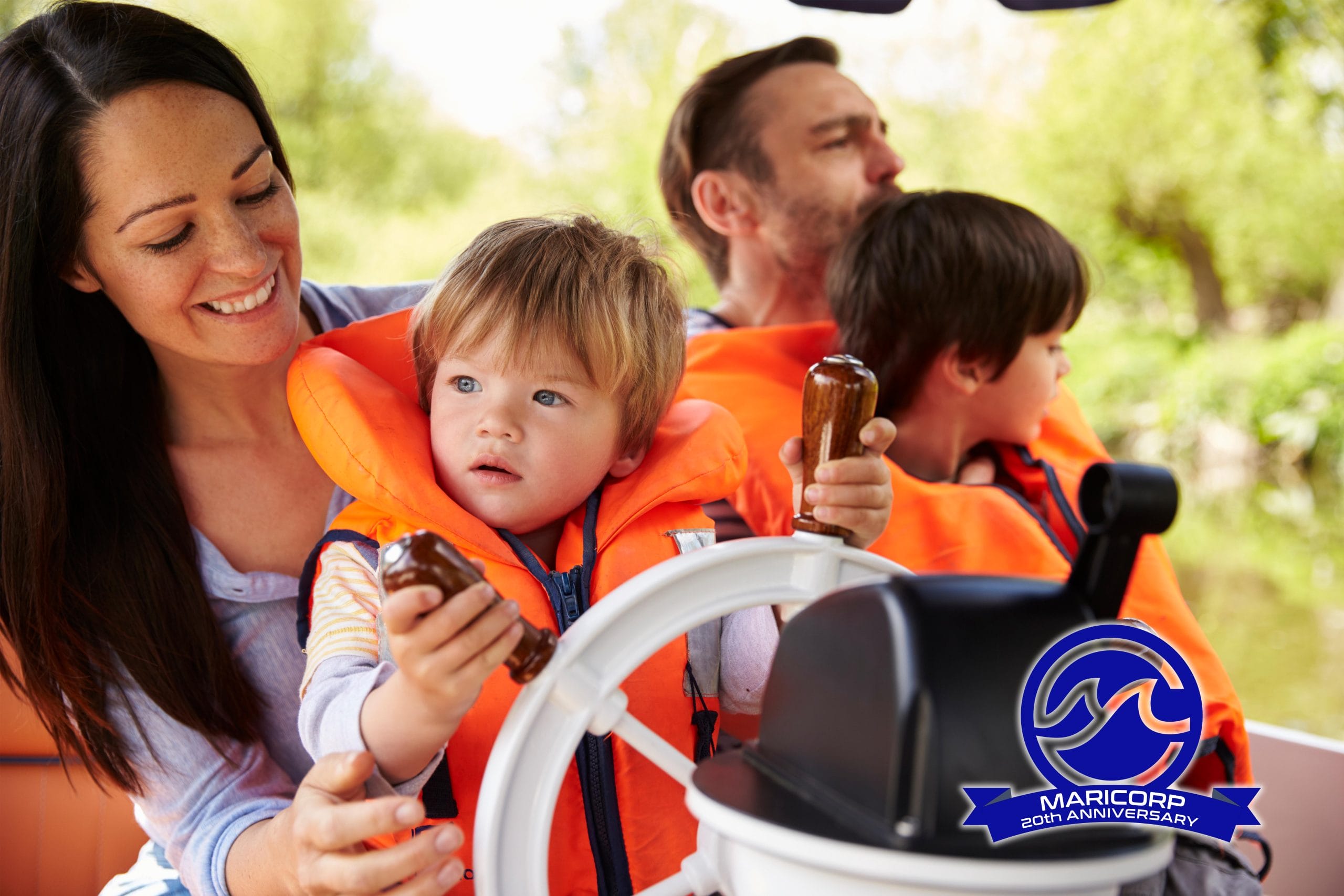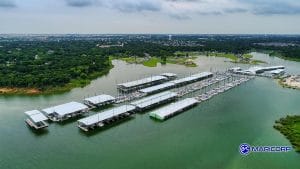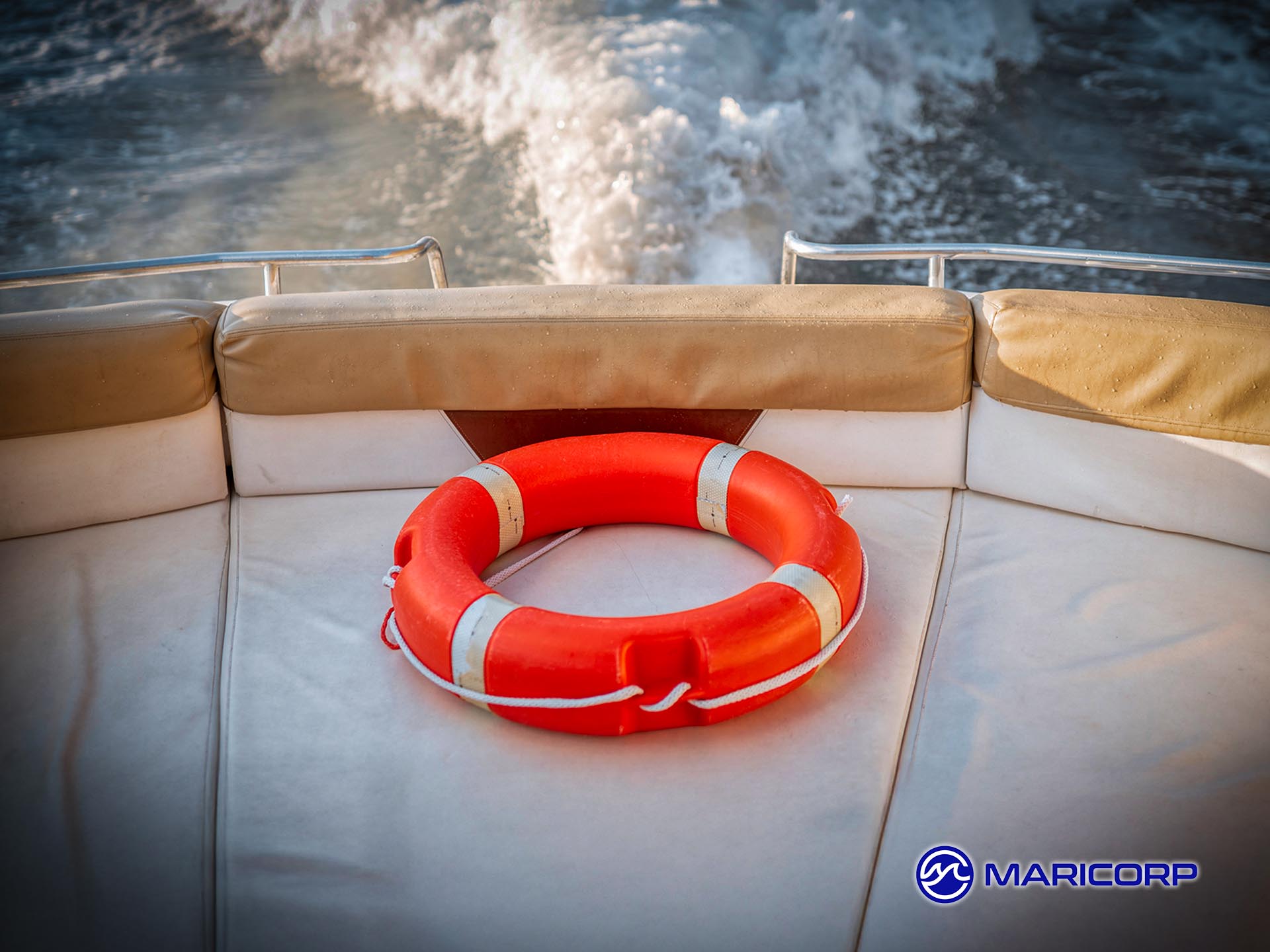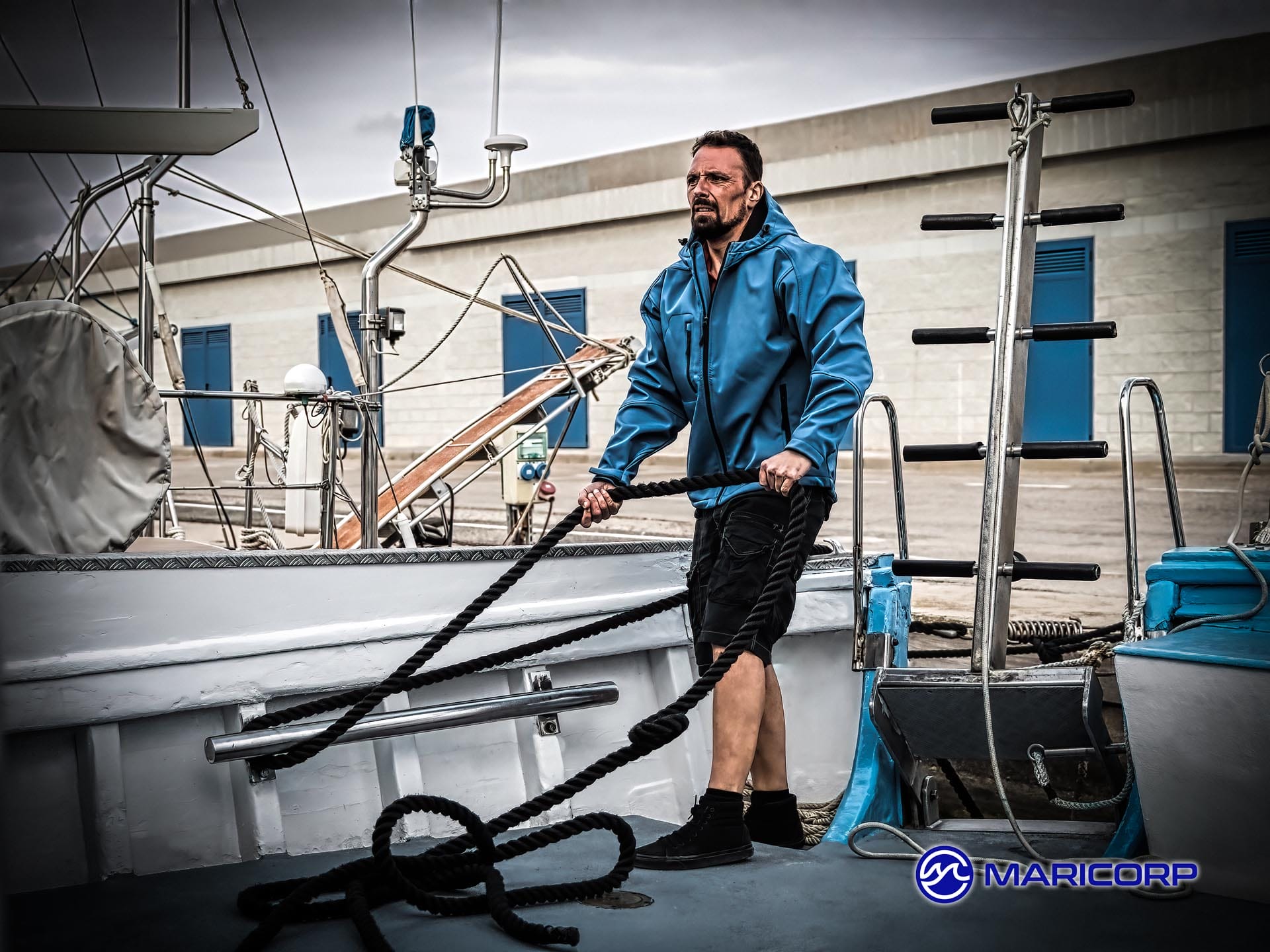Nothing ruins a beautiful day on the lake like an accident. Some simply require a bandage, but others can be potentially fatal. We’ve assembled six boating safety essentials and a few statistics that really bring home the importance of safety on the water. All statistics are compiled from the USCG Recreational Boating Statistics.
Life Jackets – Wear them!
- 82% of drowning victims were not wearing life jackets.
- Make sure everybody has a life jacket or has one readily available.
- Children under age 9 (age may vary in your state) are required to wear a life jacket when on a boat and should wear one when playing close to water on shore or on a dock.
- Adults should always supervise children when on or close to the water.
Avoid Fatigue
- Exposure to sun, wind and waves can fatigue boaters, decreasing reaction time.
- Alcohol compounds fatigue and should be avoided by boat operators.
Alcohol
- Alcohol is the number one contributor to fatal boat crashes.
- Intoxication can lead to slips, a fall overboard and other accidents.
- Always have a designated sober captain.
Boat Wakes
- 360 accidents were due to excessive speed.
- In 2016, more than 137 injuries were due to excessive wake.
- Plowing speeds, when the bow is out of the water and stern is low in the water, create the most wakes. Keep speeds between idle and the boat remaining on plane to reduce creating an excessive wake.
- Avoid continuously plowing through water, especially in coves or neat docks.
Prepare in Advance
- 77% of deaths occurred on boats where the operator did not receive boating safety instruction. Check your safety equipment and be familiar with local boating regulations and laws.
- 419 accidents were due to boat or machinery failure. Maintain your boat in good working order and know the limitations of your vessel.
- 214 accidents were related to weather conditions. Always check the forecast and stay up-to-date with the weather.
Know Your Surroundings
- Keep an eye out for obstructions in the water.
- Unlike driving a car, boat traffic can come from any direction.
- 660 accidents were due to environmental factors, such as hazardous or congested waters. Be aware of your environment, the water level and water conditions.
- 663 accidents occurred at night with 387 having occurred with good visibility. Use extra precautions when boating at night.
If you’d like more information, here are a few additional resources:
5 Marina Safety Programs
United States Coast Guard
USCG Mobile App
2016 US Boating Accident Statistics
Cold Water Recovery














